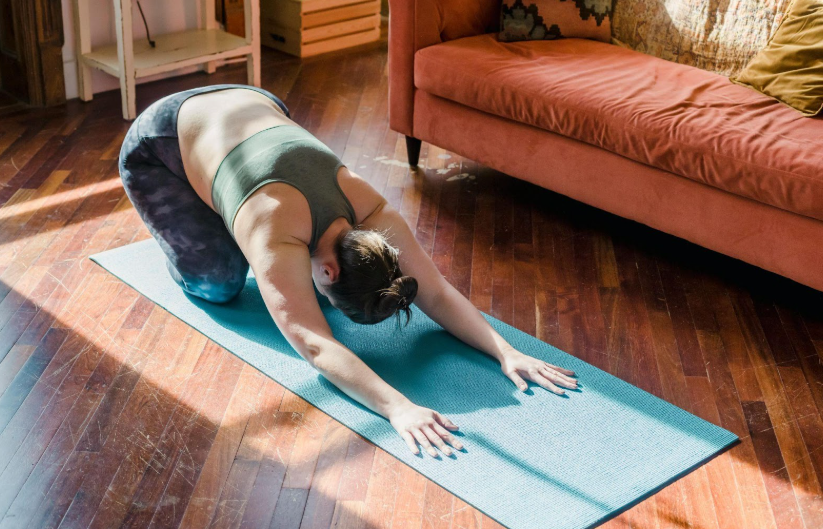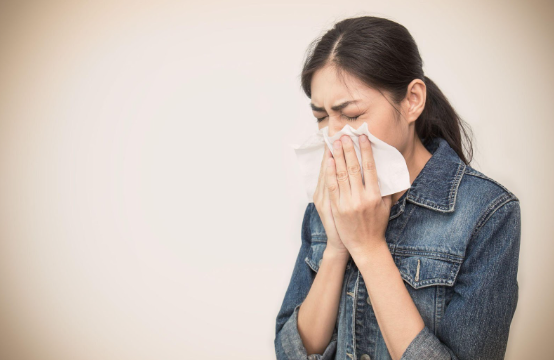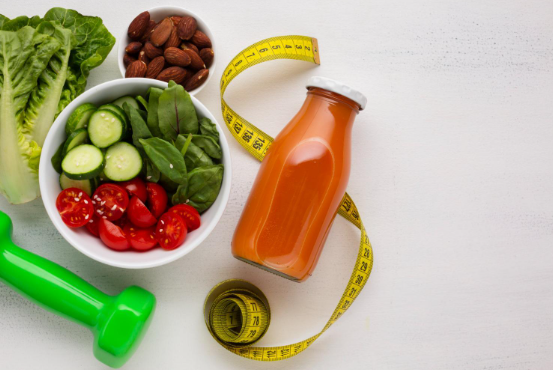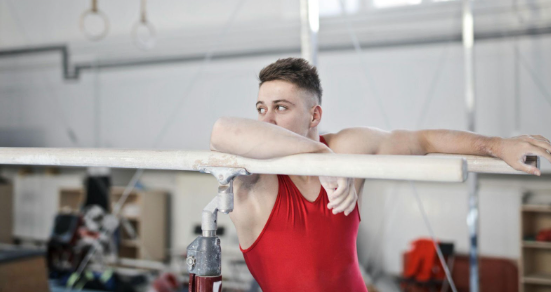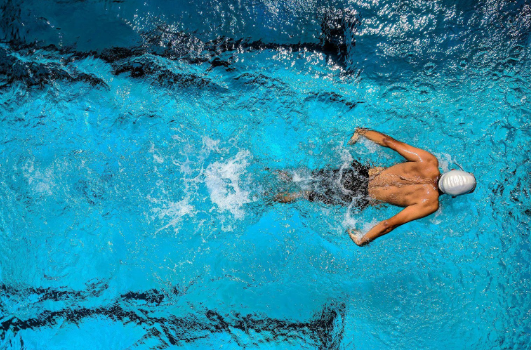Stay Cool and Healthy: Chiropractic Tips for Beating the Summer Heat
Stay Cool and Healthy: Chiropractic Tips for Beating the Summer Heat
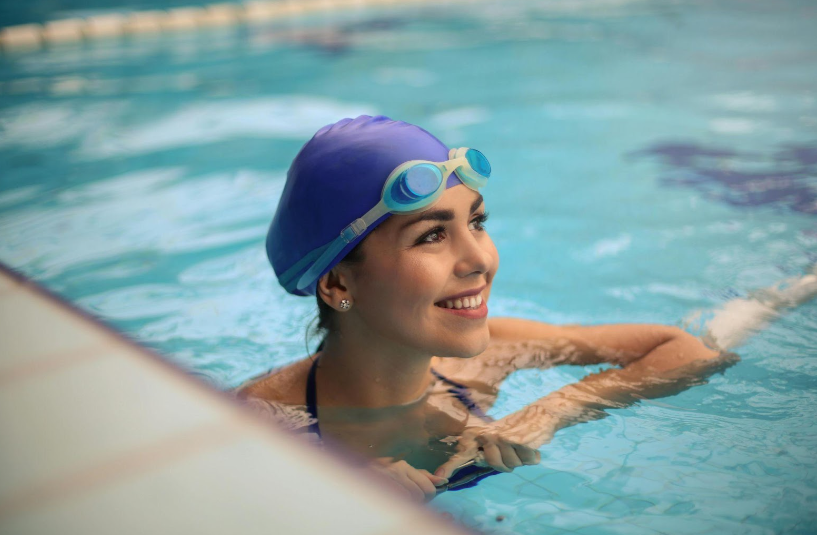
Summer temperatures are getting hotter year after year. With the summer rapidly approaching, we decided to come up with a list of tips that will help you stay safe and healthy this summer.
The Importance of Hydration for Your Spine
Let's take a moment to understand the structure and function of the spine. The spine consists of vertebrae that are stacked on top of each other. The discs between vertebrae act as cushions by absorbing shock and providing flexibility. These discs have fluid at the center. The fluid gives the discs their elasticity.
When we move, the disks in our spines compress. This causes the water at the center of the discs to leak out. Therefore, drinking enough water is important to rehydrate our spines.
Over time, chronic dehydration can lead to disc degeneration, a common cause of
lower back pain. Dehydrated discs are more susceptible to herniation, bulging, and rupture, which can compress nearby nerves and lead to symptoms such as pain, numbness, and tingling in the arms or legs.
Electrolyte Imbalances and Heat Cramps
Electrolytes are minerals dissolved in our bodily fluids. Examples of electrolytes are sodium, potassium, calcium, chloride, magnesium, and phosphate. These minerals carry electrical charges and are essential for various bodily functions, including nerve and heart function, muscle contraction, DNA synthesis, and more.
Loss of water through sweating translates into the loss of electrolytes as well since they are dissolved in our body fluids. Therefore, drinking plenty of water is important to maintain a balance of electrolytes. Now, let’s take a look at the dangers of electrolyte imbalances.
An electrolyte imbalance can lead to heat cramps because sodium, potassium, and magnesium contribute to muscle functioning. If you don’t replenish these electrolytes, your muscles can become hyperexcitable and prone to involuntary contractions or spasms—known as cramps.
Tips to Stay Hydrated
The summer heat increases the risk of dehydration exponentially. Follow these recommendations to avoid lower back pain and electrolyte imbalances due to dehydration:
- Drink Plenty of Water: Aim to drink at least 8-10 glasses of water per day, or more if you're active or sweating heavily.
- Keep a Water Bottle with You: Carry a reusable water bottle wherever you go, whether you're running errands, going to work, or exercising outdoors.
- Set Reminders: Use alarms or smartphone apps to remind yourself to drink water regularly throughout the day, especially if you tend to forget.
- Hydrate Before, During, and After Physical Activity: Drink water before you start exercising, and continue to drink small amounts during your workout. Afterward, replenish fluids to replace what you've lost through sweat.
- Monitor Urine Color: Pale or clear urine indicates proper hydration, while dark yellow urine may signal dehydration.
- Eat Water-Rich Foods: Incorporate fruits and vegetables with high water content into your diet, such as watermelon, cucumbers, oranges, strawberries, and lettuce. Additionally, consider consulting your chiropractor about adding supplements to your diet.
- Avoid Excessive Caffeine and Alcohol: Beverages like coffee, tea, and alcoholic drinks can have a diuretic effect, increasing urine output and potentially leading to dehydration. Limit consumption, especially in hot weather.
- Use Electrolyte Drinks: In addition to water, consider consuming electrolyte-rich drinks like sports drinks or coconut water, especially if you're engaging in intense physical activity or spending prolonged periods outdoors.
- Take Breaks in the Shade: If you're spending time outdoors in the sun, take regular breaks in shaded areas to cool down and prevent excessive sweating.
- Wear Lightweight, Breathable Clothing: Choose loose-fitting, breathable fabrics like cotton or moisture-wicking materials that help sweat evaporate quickly, keeping your body cooler and reducing fluid loss.
- Pay Attention to Thirst Cues: You shouldn’t wait until you feel thirsty to drink water. Thirst is often a sign that your body is already mildly dehydrated, so make a habit of sipping water throughout the day.
Time to Get Active in a Healthy Way
The summer is the perfect time to get active. Doing so in a healthy fashion is important. During exercise, aim to drink fluids at regular intervals, even if you don't feel thirsty. Sip water throughout your activity to replace fluids lost through sweat. Sports drinks can also be beneficial for replacing electrolytes lost through sweat, but be mindful of their sugar content.
Replenish fluids lost during exercise by drinking water or a sports drink after you've finished your activity. Doing so will help you restore your hydration levels and aid in your body’s recovery.
Pay attention to the signs of dehydration, such as nausea, vomiting, confusion, rapid heartbeat, and fainting. If you experience any of these symptoms, stop the activity immediately, seek shade, and rehydrate.
Best Sports to Engage in This Summer
What better way to escape the summer heat than by diving into a cool pool, lake, or ocean? Swimming provides instant relief from high temperatures, making it an ideal activity for hot summer days.
From a chiropractor’s perspective, we highly recommend swimming as a top choice of sport due to its low-impact nature. Unlike high-impact activities, such as running or contact sports, swimming puts minimal stress on the joints. The buoyancy of water supports your body, reducing the risk of strain or injury while allowing for a full range of motion.
Additionally, swimming engages multiple muscle groups simultaneously, helping to build strength and endurance without placing excessive strain on any particular area. Its rhythmic, repetitive motions can also promote relaxation and alleviate tension in the muscles and spine, making it an effective form of therapy if you have chronic pain or stiffness.
Do you want to add chiropractic care to your self-care routine? The team at
Sycamore Chiropractic and Nutrition is here to take care of you in a holistic way.
Contact us today!


